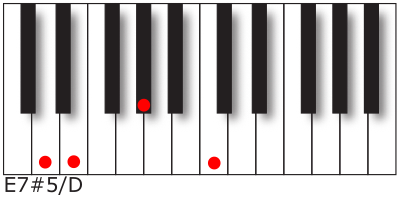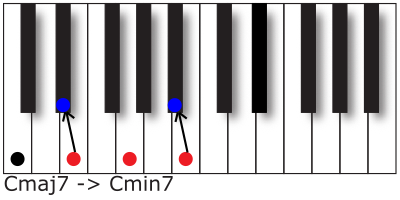Online Easy to follow Piano Chords
If you are looking for documented soulful chord progressions for the piano then look no further.
I have easy to follow piano chord charts along with simple explanations on the theory and keys used.
I try my best to steer away from complex theory and explanations
so we can enjoy learning at all levels. Less time studying means more time playing!!
Check back for frequent piano chord updates
The chord numbering system
The chord charts on this page will referenced to by the standard numbering system. Every there seven chords to each scale which for listed as below for the key of C major.
| Chord number | Chord type | Chord name (Triad) | Chord name (Sevenths) |
| 1 (i) | Major | C major | C major seventh |
| 2 (ii) | Minor | D minor | D minor seventh |
| 3 (iii) | Minor | E minor | E minor seventh |
| 4 (IV) | Major | F major | F major seventh |
| 5 (V) | Major / Dominant | G major | G dominant seventh |
| 6 (vi) | Minor | A minor | A minor seventh |
| 7 (vii°) | Diminished / half dimished seventh | B diminished | B half diminished seventh |
Soulful 2-5-1 Progressions
Firstly let’s take a look at standard 2-5-1 chord progression in the key of C major using the major and minor seventh chords
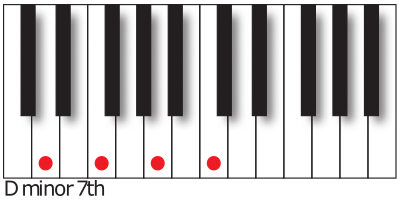
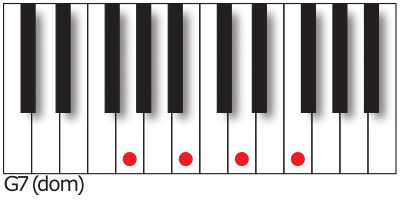
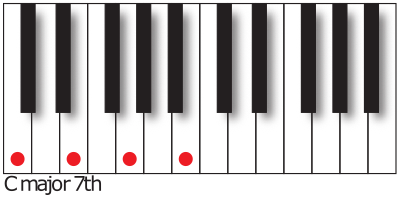
This time we have the same 2-5-1 but with a twist, so instead of playing the final major chord Dmin, G7, Cmaj, we simply switch it to a minor chord instead. The yellow indicates a borrowed chord.
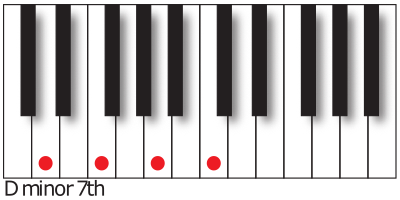

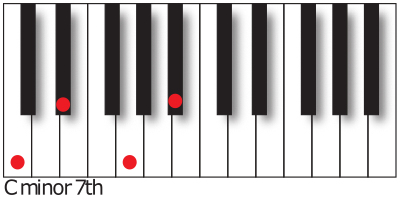
For the next 2-5-1 alternative, we have simply changed the G7 to a G7#5 by sharpening the 5th. This gives a lot of tension and is commonly heard in R&B and Neo Soul music. Also note that it is played on an inversion – reduces finger movement. G7#5 is G, B, D# and F

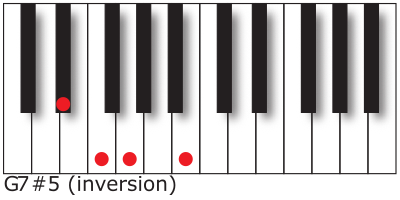

This time instead of using the the No.5 (V) Chord we use a No.3 (ii) chord which would normally be the– E minor however, we use a E7#5 this time. Also note that is is inverted with the root in D. This makes it easier to play by simply shifting two fingers. It also adds depth to the chord.

